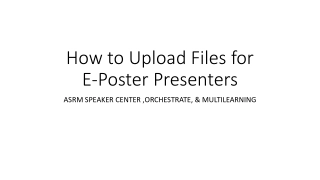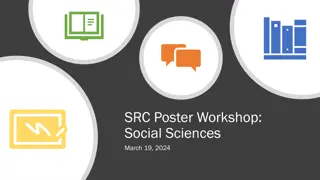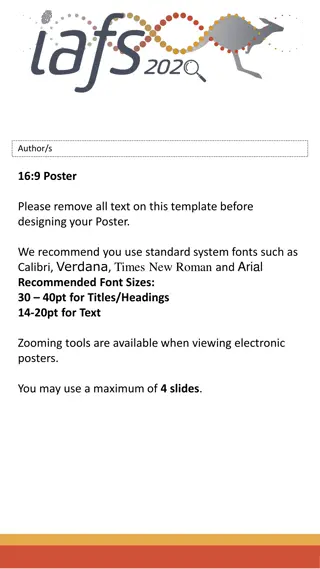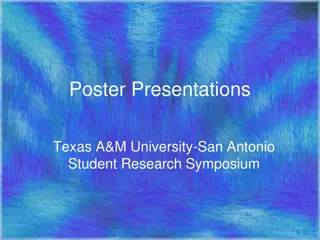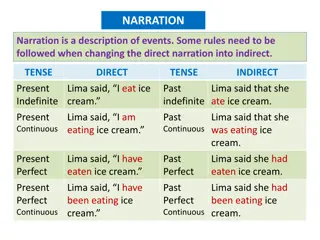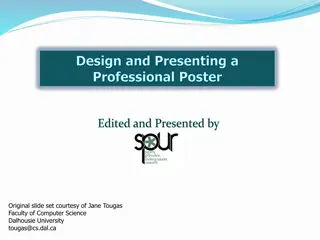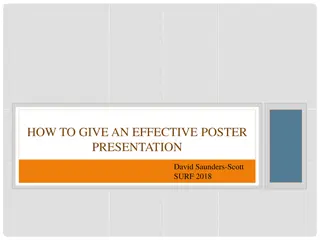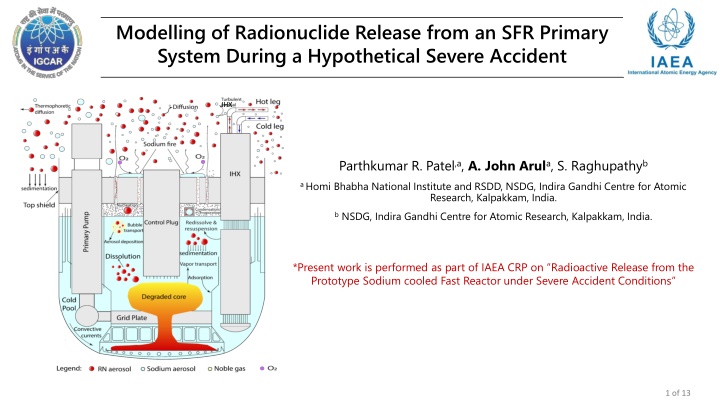
Radionuclide Release Modeling in Sodium Cooled Fast Reactors
Explore the modeling of radionuclide release during severe accidents in sodium cooled fast reactors, focusing on thermo-chemical equilibrium and diffusion characteristics. The study considers factors influencing release behavior and investigates various scenarios at different temperatures and control volumes.
Download Presentation

Please find below an Image/Link to download the presentation.
The content on the website is provided AS IS for your information and personal use only. It may not be sold, licensed, or shared on other websites without obtaining consent from the author. If you encounter any issues during the download, it is possible that the publisher has removed the file from their server.
You are allowed to download the files provided on this website for personal or commercial use, subject to the condition that they are used lawfully. All files are the property of their respective owners.
The content on the website is provided AS IS for your information and personal use only. It may not be sold, licensed, or shared on other websites without obtaining consent from the author.
E N D
Presentation Transcript
Modelling of Radionuclide Release from an SFR Primary System During a Hypothetical Severe Accident IHX Parthkumar R. Patel,a, A. John Arula, S. Raghupathyb aHomi Bhabha National Institute and RSDD, NSDG, Indira Gandhi Centre for Atomic Research, Kalpakkam, India. bNSDG, Indira Gandhi Centre for Atomic Research, Kalpakkam, India. *Present work is performed as part of IAEA CRP on Radioactive Release from the Prototype Sodium cooled Fast Reactor under Severe Accident Conditions 1 of 13
Introduction The determination of the radionuclide (RN) release from the primary system is a challenging task, owing to the complexity of various process following a core melt. The RN release and transport is mainly controlled by the thermo-chemical and diffusion characteristics of the compounds in the fuel and coolant, among a number of other phenomena. Therefore, in the present work, a thermo-chemical equilibrium approach is adopted to study the release behaviour of RN from the core and coolant to the cover gas volume. We would consider this approach as the first step towards a more detailed mechanistic model development for oxide fuelled Sodium cooled Fast Reactors (SFRs). A medium-size oxide fuelled, pool type SFR (1250 MWt) is chosen as a reference design. For the analysis, Unprotected Loss of Flow Accident (ULOFA), resulting in whole core melt is considered as the initial condition. 2 of 13
ULOF Sequence Major Assumptions It homogeneously mixed in the sodium pool at a uniform temperature. is assumed that all RNs are The considered species are in the thermo chemical equilibrium. Core inventory <0.1 moles were not considered. Assumed to be a constant temperature and volume problem. Activated included structural material not 3 of 13
In-vessel RN Release Fractions: 873K The sensitivity of the release of RN with respect to different release control volumes is studied. Two release control volumes: i) cover gas volume ii) containment volume. The RF from the constant temperature and cover gas volume can be considered as an instantaneous source to be released to the containment. Whereas RF from the constant temperature and containment volume can be considered as the long term RN source to the containment. The analysis is performed at 873 K and 1156 K with both no-mixture and real mixture assumptions. (a) RFs in the cover gas calculated for the constant temperature (873 K) and cover gas volume (100 m3) (b) RFs in the containment calculated for the constant temperature (873 K) and containment volume (74000 m3) 5 of 13
In-vessel RN Release Fractions: 1156K (c) RFs in the cover gas calculated for the constant temperature (1156 K) and cover gas volume (100 m3) (d) RFs in the containment calculated for the constant temperature (1156 K) and containment volume (74000 m3) 6 of 13
Conclusion The in-vessel RN release fraction for a medium-sized FBR is evaluated using the thermo-chemical equilibrium approach under no-mixture and real mixture assumptions. For the current analysis, an extended version of in-house developed code MINICHEM (available in Github) is used, which is validated with the ALMR source term problem. It is observed that different mixture assumptions do affect the formation of chemical species. For example, with no mix assumption, iodine has more affinity toward Cs, whereas, with real mixture assumption, almost all iodine reacts with Na. It is also found that the solubility of the RN has greater impact on the release of RNs. For example, in the no mixture case, the RF for Cs is about 0.9; when mixing is considered, the RFs are of the order of 1E-04 1E-05 for cover gas as release control volume. The sensitivity study for different release control volumes shows that the released fractions for the containment as release control volume are higher compared to cover gas as release control volume as expected. The above case is applicable for the long-term source term, where the reactor vessel may be in contact with the containment volume. It should be noted that the present analysis is performed with respect to the thermochemical aspect only. In future, it would be interesting to see coupled analysis incorporating diffusion and aerosol aspects of the release. Acknowledgement: The assistance provided by the Department of Atomic Energy (DAE) for this project is gratefully acknowledged. The present work is performed as part of IAEA CRP on Radioactive Release from the Prototype Sodium cooled Fast Reactor under Severe Accident Conditions . 7 of 13


